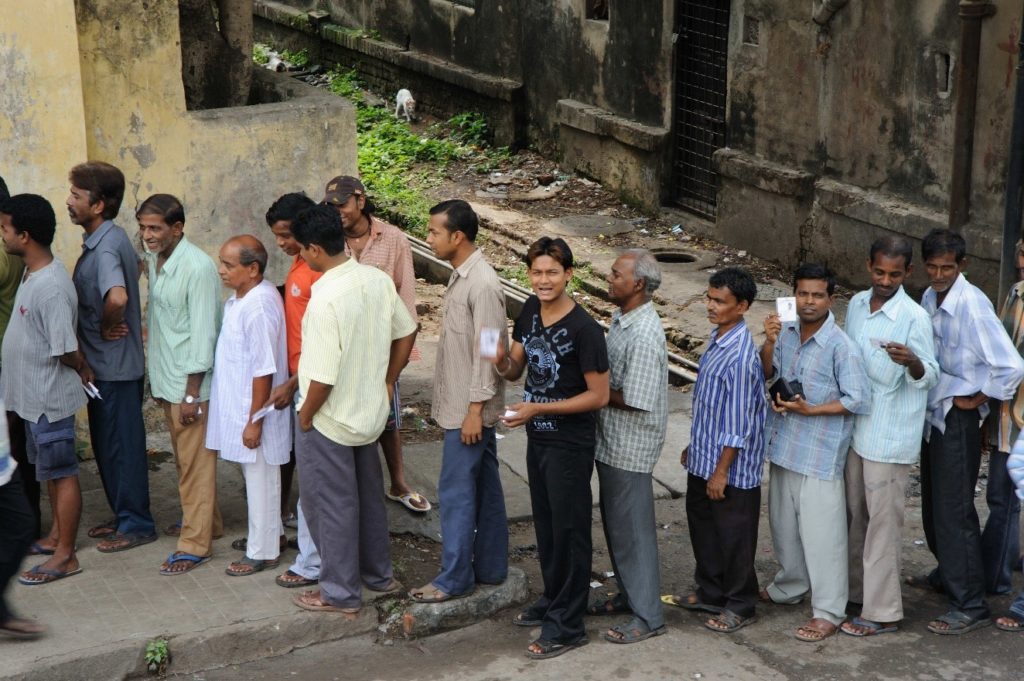MUMBAI – The Indian general election results will be announced on Thursday, May 23rd, 2019. Most Americans probably did not know that. Here are 10 other amazing things about the general elections in India you also probably did not know.
- India’s general election process has been dubbed “The world’s biggest democratic exercise.” Question: If this is the world’s biggest democratic exercise (which you will soon believe), why didn’t we already know that?
- The size of the Indian electorate is 900 million. That is to say that there are 900,000,000 people in India who are eligible to vote. The Canadian Broadcasting Corporation (CBC) says that there are only 897,811,627, but does rounding-up by 0.24 percent make that much difference?
- The 2019 Indian general election will be the largest election in history.
- The Indian electorate is 3.67 times larger than the number of registered U.S. voters.
- If only 64% of Indian citizens vote, the turnout would be 576 million. That would be 419 million actual voters. That is 174 million more actual voters in India than all registered voters in America.
- Voting is conducted in seven phases over a period of nearly six weeks. The first phase of voting began on April 11. The final day of voting is scheduled for May 19, four days before the results are announced.
- India has more than one million polling stations and 11 million poll workers. Polling stations must be located no more than two kilometers from voter residences.
- The Indian Election Commission owns over two million electronic voting machines. Imagine for a minute what it takes to place two million voting machines within two kilometers of 900 million voters. Think elephants, boats, trains, rickshaws, helicopters, and sandals. Logistics is one of the reasons that the elections are conducted in phases. Voting machines are transferred from polling place to polling place during the elaborate choreography of the process.
- There are over 8,200 candidates vying for 545 seats in India’s lower house of parliament and 415 seats in state legislatures.
- About 421 million women are registered to vote in the Indian general elections. That is two-and-a-half times the entire U.S. population.
The issues for India’s voters, however, are quite similar to those that we typically face, including education, jobs, wages, healthcare, the general welfare, equal rights, and making the country “great.”
Far more than just a list of fun facts, the mind-boggling magnitude of the Indian elections can help us understand the monumental task that faith-based organizations face in their efforts to help India’s 1.37 billion people address their most essential needs.
To read more news on India on Missions Box, go here.
Sources:
- CBC News, ‘Mind-boggling’: The logistics of getting 897 million India voters to the polls
- BBC News, The former child worker who wants a fair wage
- The Globalist, India Elections: The Numbers
Image Source:
- Al Jazeera English [CC BY-SA 2.0]
